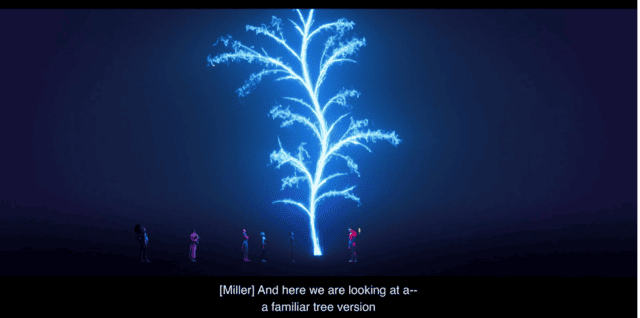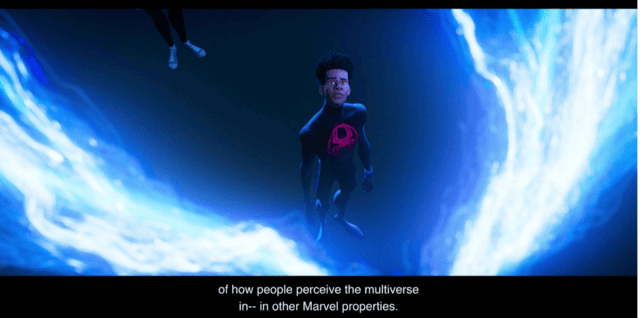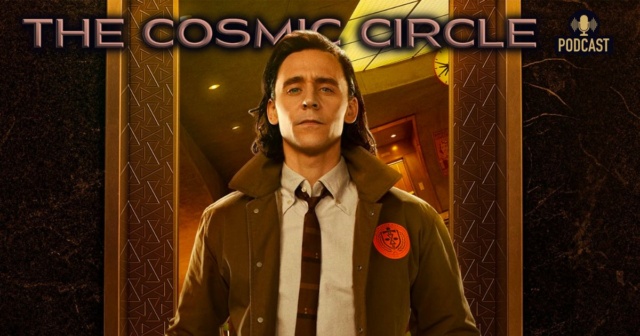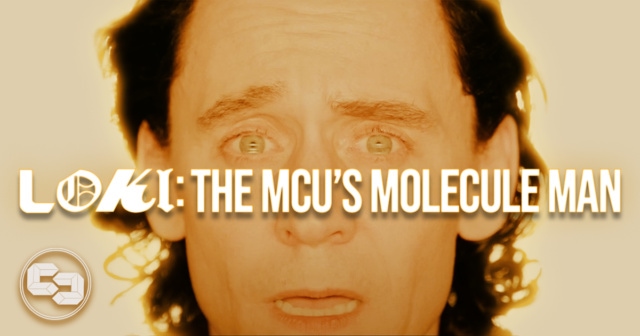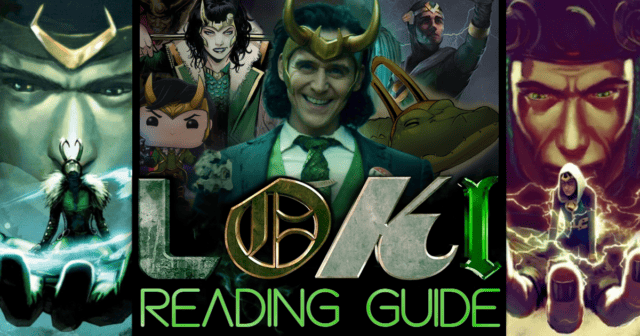‘Loki’ Season 2 Finale: Yggdrasil and The New MCU Timeline
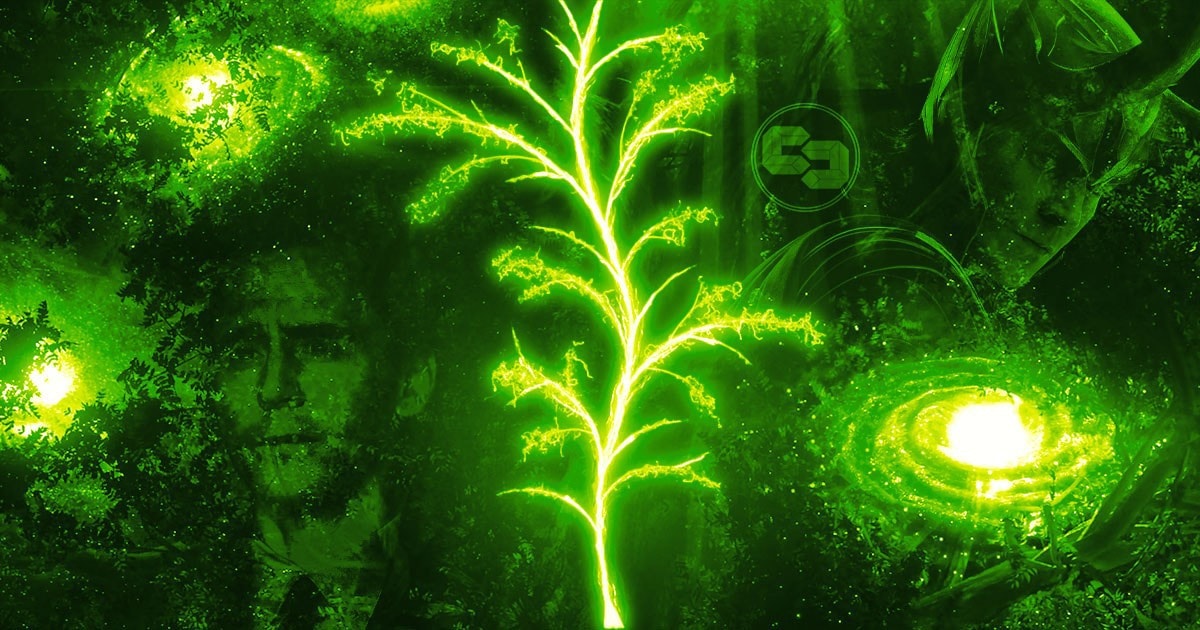
If you watched the Loki season 2 finale tonight you may have seen something familiar. The Marvel Cinematic Universe has taken audiences on an epic journey through the realms of superheroes, cosmic forces, and the multiverse, weaving intricate mythologies into its narrative tapestry. One of the most intriguing elements from Norse mythology to make its way into Marvel’s rich storytelling is Yggdrasil, the World Tree.
[Editor’s note: This article about Marvel’s Loki and Yggdrasil, The World Tree was written by guest author Jacob Hynes.]
Yggdrasil as we know it
Before we dive into the history of Yggdrasil in Marvel, it’s essential to understand the roots of this mythological concept. In Norse mythology, Yggdrasil is a large tree that connects the Nine Realms of existence. It serves as a cosmic axis, binding the realms together and symbolizing the interconnectedness of all things.
Yggdrasil’s first appearance in Marvel Comics way back in 1963, published in Journey into Mystery #97. In the early years, taking after its Nordic roots, Yggdrasil was depicted as a massive tree standing at the center of the Marvel Universe, connecting the realms of Asgard, Muspelheim, Nidavellir, and other realms. As the Marvel Universe expanded, and interdimensional crossovers became more common, the World Tree’s role also evolved to become a symbol of the multiverse.
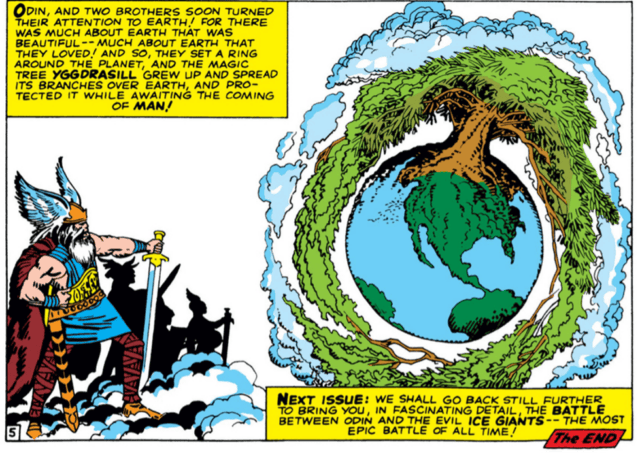
As for the MCU, Yggdrasil made its first MCU appearance in the film Thor in 2011. Here, Thor highlights a notebook drawing of the cosmic structure and informs Jane Foster that her “world is one of the Nine Realms of the cosmos, linked to each other by the branches of Yggdrasil, the World’s Tree.”
The new 340+ page textbook The Marvel Cinematic Universe: An Official Timeline speaks to Earth in more context stating that it “is situated at the center of the tree-like Yggdrasil, earning it the name Midgard from the Asgardians as they venture between the higher and lower realms.” The means of travel between realms is performed by using a spectrum of energy the Asgardians call the Bifrost.
We see depictions of the tree in many other places throughout the films, and now shows, such as the wooden carving of “The Tree of Worlds” in the medieval church in Tønsberg, Norway. The most prominent visualization of the tree is in Thor: The Dark World. A living tree resides in the Hall of Science on Asgard, the library that also contains The Book of Yggdrasil which Odin uses to explain the nature of the Aether and the history of the Dark Elves.
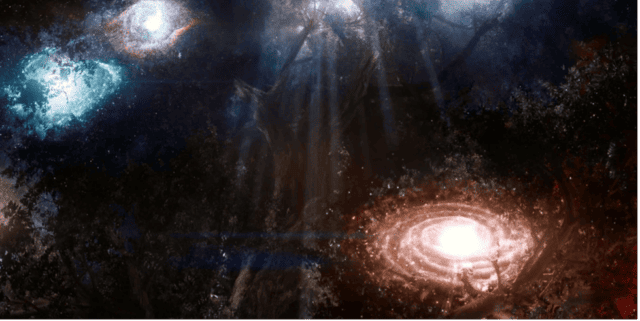
In The Art of Marvel Thor: The Dark World, Producer Craig Kyle talks about the living tree in the Hall of Science in more detail: “There’s a living tree that’s connected to Yggdrasil, the cosmic tree–this beautiful cluster of wormholes that can allow people to move from one planet to the next, if they have the Bifrost. The tree shows the health and the status of the universe, so you can actually perceive Niflheim, and Svartalfheim, and Jotunheim, and Midgard, and Asgard–they’re all hung in the branches of this living tree.”
One more depiction of Yggdrasil to point out (before we move our discussion to that epic season 2 finale of Loki!) also comes from the 2013 Thor sequel. As what seems to be the result of his exposure to Loki’s mind control, Dr. Erik Selvig appears to be experiencing mental instability. In one of his scenes, he describes the convergence in front of a chalkboard. The convergence is a phenomenon that occurs when the Nine Realms align once every 5,000 years, creating portals for travel between them.
Alongside a drawing of the convergence showing Midgard at the center of the fractal gateways is a similar illustration of the Nine Realms’ structure to that of what Thor drew in Jane’s notebook. But we don’t really want to draw your attention to these, instead, there are some concepts that should be observed. The Fault. The Crossroads. The Nexus of all Reality.
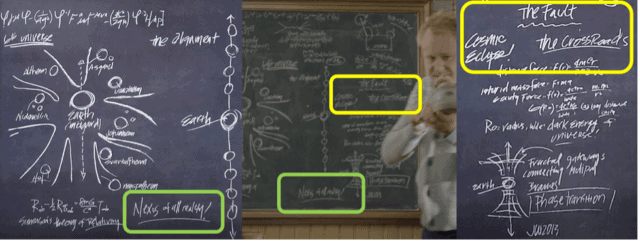
Let’s look at what these three multiversal concepts are in the Marvel Comics. First off, the Fault. The Fault is quite simply a massive rip in the fabric of the universe, as first seen in War of Kings #6 in 2009. The Crossroads is an interdimensional location that exists outside the conventional time and space. Here it serves as the nexus point for various alternate realities and dimensions within the multiverse.
And finally, the Nexus of all Realities. This place acts very similarly to the Crossroads as it is a place where parallel worlds intersect. In fact, we have already seen the Nexus of all Realities, as this is where Uatu The Watcher resided as he observed the events of What If…?. But what of the Crossroads? Is this where a majority of Loki takes place?
Loki’s glorious purpose revealed in the season 2 finale
[Warning: major spoilers for the Loki season 2 finale and season are discussed below!]
Loki season 2 has been a home run for Marvel Studios. From the get-go it has been fast-paced, filled with lots of action and multiversal shenanigans.
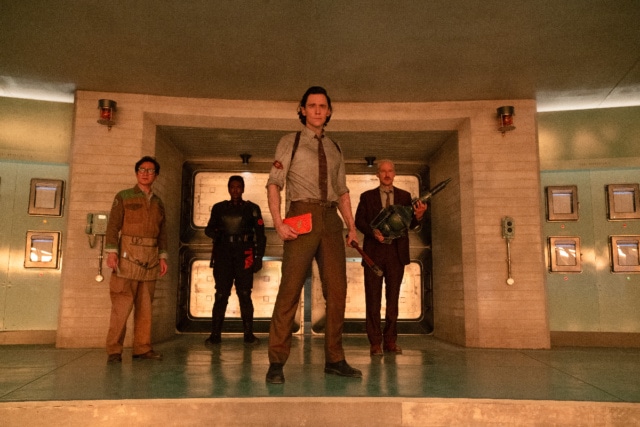
In the second season’s finale, the central conflict revolves around Loki’s choice between executing Sylvie in the past or allowing the multiverse to collapse. Unlike earlier in the season, Loki now possesses control over his time-travel abilities and can navigate the entire show’s timeline, as the TVA is in chaos following He Who Remains’ demise. The episode unveils a time loop where Loki encounters another version of himself in the past and future, showcasing his newfound temporal mastery.
Sylvie killing He Who Remains causes the creation of a multitude of new timelines that jeopardize the Sacred Timeline, overwhelming the time loom and potentially leading to catastrophic chaos. A dilemma arises from the fact that Loki has witnessed potential timeline outcomes, avoiding annihilation by repeatedly time-traveling. He explains this to Sylvie, who refuses to give her blessing to kill her but suggests that if he must, he should do it immediately. These themes of free will and alternative choices permeated the show.
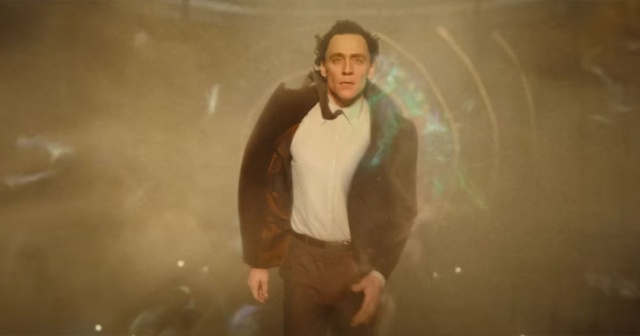
As the climax nears, Loki realizes there’s an alternative way to prevent the annihilation of time, aside from stopping Sylvie or restoring He Who Remains with Victor Timely. He departs from the group comprising Mobius, OB, Sylvie, Victor, and B-15, stepping outside the TVA facility to provide them with a chance, embracing free will, rather than succumbing to the predetermined concept of He Who Remains and the Sacred Timeline.
Loki recognizes that his true purpose is to become the god he was meant to be. He steps outside the TVA facility into the growing radiation from the timeline loom, an action that should result in annihilation for anyone, even with protective gear, at this point.
Surprisingly, Loki survives as his TVA identity evaporates, revealing his Classic Loki appearance, embodying his true godly nature once again, complete with growing horns. With the TVA now experiencing time, Loki uses his magical abilities to telekinetically shatter the fragile loom, preventing it from exploding. This action sends the strands of the multiverse shooting outward like a web, but each timeline goes dark, appearing lifeless.
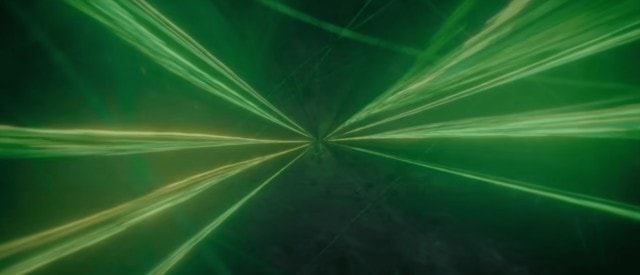
Loki proceeds to grab two nearby timelines and reinvigorates them, realizing he can revitalize them with his green magic and temporal control. He continues to gather more timelines, dragging them as a Fault appears leading him towards the Citadel at the End, once occupied by He Who Remains but now blown out, leaving only the throne. Taking a seat on the throne, Loki reignites the multiverse with his green magic, effectively becoming the new master weaver of time, replacing He Who Remains as a god rather than a mortal man. As we zoom out, we see that the multiversal timelines have taken the shape of Yggdrasil with Loki sitting at the center, smiling.
Let’s grow together: Yggdrasil, the new MCU timeline
As we see in the season finale, Loki has now reformed the timeline of the multiverse from The Sacred Timeline, which was represented by a single continuous loop, to a new one in the shape of the world tree. Even at the TVA, we witness their monitor representing the new MCU timeline in Yggdrasil form.
But this isn’t the first time we have seen the timeline observed in this fashion. In Spider-Man: Across the Spider-Verse we see the timeline displayed in this very manner. In the filmmaker commentary, writer and producer Christopher Miller points this fact out saying: “And here we are looking at a familiar tree… of how people perceive the multiverse in– in other Marvel properties. And now we get to see…” Phil Lord continues with: “How it really is.” It is quite obvious that this was intended to be portrayed as the timeline post-Loki season 2.
Commentary and images from Spider-Man: Across The Spiderverse (Marvel/Sony)
Craig Kyle goes on to add in The Art of Marvel Thor: The Dark World that “should Ragnarok ever befall the Marvel Universe, the first branches to come down would be the ones in this tree.” This is rather intriguing, as the events of the Norse mythology of Ragnarok didn’t fully happen in Thor: Ragnarok, but if we are working our way to Secret Wars, could we call the events in Ragnarok as the branches of the timeline die?
Are there now nine main universes in the multiverse? Is the X-Men Foxverse one of them? What happens when all the universes “converge” and incursions begin?
One thing is for sure… Loki has now placed himself at the center of the multiverse (the nexus of all realities… a crossroad between realms) having found his true “glorious purpose.” But is it really all that glorious? Or was this all planned? The murals on the wall haven’t changed since the first episode of the season, they still show the Time Keepers forming a Yggdrasil-like timeline. Was Kang still pulling Loki’s strings this whole time, or has Loki truly become who he was meant to be… The God of Stories? Only time will tell.
What did you think of Loki season 2 and the finale?
Loki seasons 1 and 2 are now streaming on Disney+! I certainly hope you watched it already, if you read all of this! What did you think of the new season and Loki’s choices in the finale? Let us know on social media @mycosmiccircus or The Cosmic Circus Discord where we have a special spoiler thread already up for people to talk about the show.
[Note: This article has been written by Jacob Hynes]
Cosmic Circle Ep. 46: Loki Season 2 Finale Discussion

